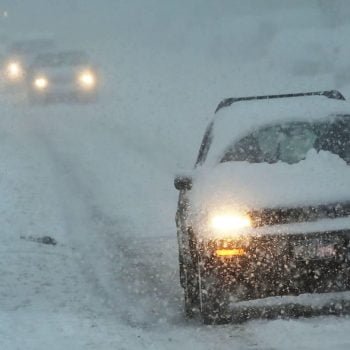Understanding the Need to Discharge Car AC
Discharging a car air conditioning (AC) system is essential for several reasons, including maintenance, retrofitting, and proper disposal. When problems arise in the AC system, such as refrigerant leaks or component failures, discharging may be necessary to access and address the issue effectively. Furthermore, if you are retrofitting an older vehicle’s AC system to utilize a different refrigerant, removing the existing refrigerant is crucial before introducing the new type. Lastly, properly discharging the system ensures that the refrigerant is safely handled in accordance with environmental regulations during disposal or system replacement.

Step-by-Step Guide to Discharge Your Car AC at Home
Before you start the discharging process, ensure that your car’s air conditioning system contains pure refrigerant by using a refrigerant purity status tool. Connect this electronic tool to the AC service port to obtain a reading of the refrigerant sample. If the refrigerant is impure, recover it in a separate container. Next, you will need an AC recovery and recharge machine. Attach this machine to the AC service ports; the blue hose connects to the low-pressure side while the red connects to the high-pressure side. Record the pressure readings from the recovery machine’s gauge to monitor the system’s status during the discharge process.
Final Steps and Safety Precautions
To begin discharging, engage the recovery machine according to its instructions. Most systems are automated; simply push a button to initiate. The refrigerant will begin to transfer into the machine’s internal tank, which will be reflected in the declining pressure gauge readings. Once the gauges hit zero, discharging is complete. Allow the system to maintain a vacuum for approximately ten minutes. If the system cannot uphold the vacuum, a leak is present and requires immediate repair before recharging. Lastly, ensure to dispose of the refrigerant safely, adhering to the necessary environmental guidelines, and always wear protective gear throughout the procedure to safeguard against harm.

